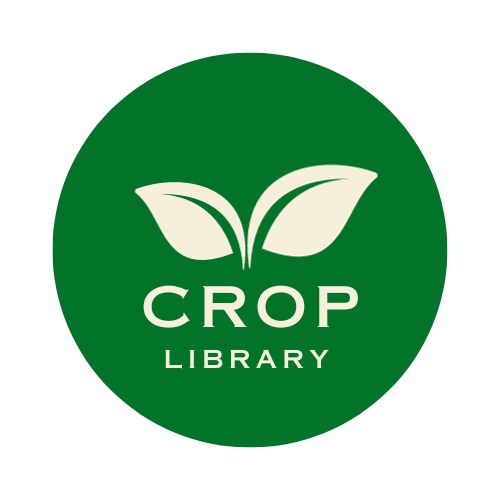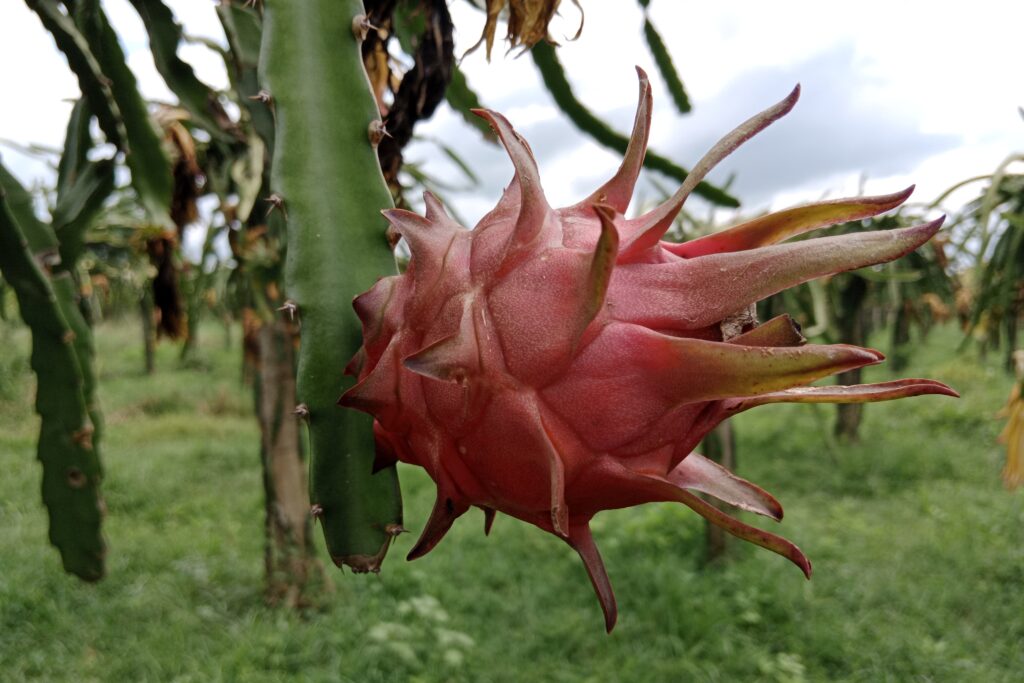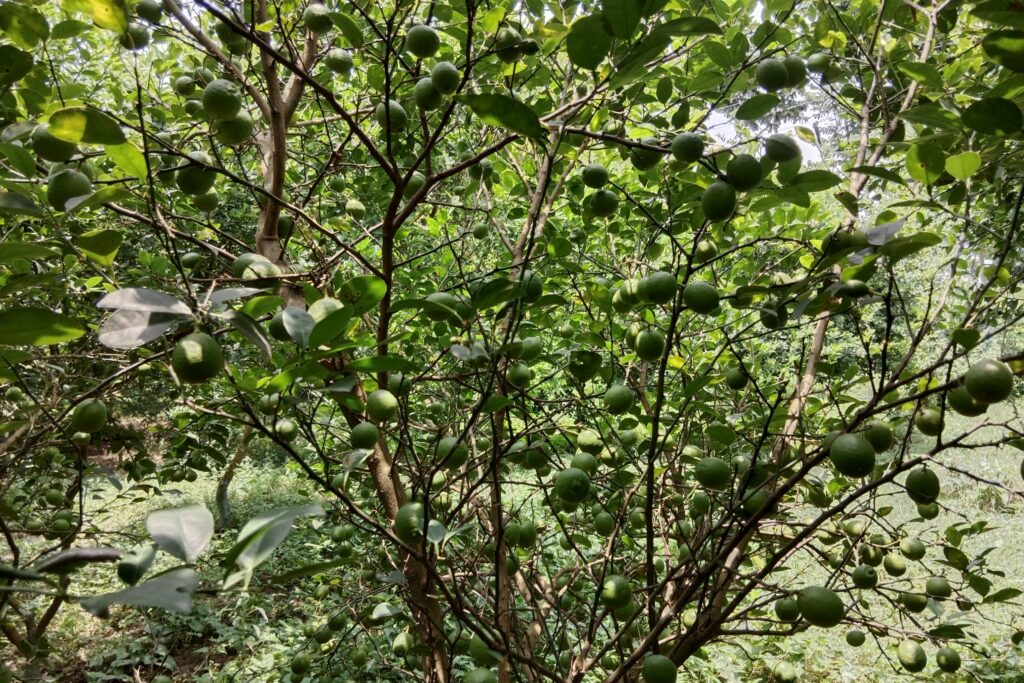Future of Food in 2050
By 2050, the global population is expected to reach 10 billion people, creating an unprecedented demand for food. According to estimates, sixty percent more food will need to be produced to feed this growing population. The FAO estimates that food production needs to increase by 70% in 2050 to feed the global population. Population growth and also the change seen in diet composition related to increased welfare levels. This raises critical questions: How will we produce enough food? What challenges will we face? And what solutions can ensure a sustainable and food-secure future? Let’s explore the future of food in 2050 and the innovative strategies that can help us meet this monumental challenge.
The Challenge: Feeding 10 billion People
By 2050, the world’s population is expected to exceed 10 billion, driving an unprecedented need for food. To meet this demand, global food production must grow by 60% to match the rising population, urbanization, and shifting dietary patterns. Yet, the world is already facing pressing challenges like food insecurity, climate change, and the exhaustion of natural resources. Addressing these critical issues is essential to overcome this immense challenge.

1. Limited Agriculture Land
a). Urban Expansion
Rapid urbanization is converting fertile agricultural land into cities, suburbs, and industrial zones. This reduces the amount of land available for farming.
b). Soil Degradation
Intensive farming practices, deforestation, and overuse of chemical fertilizers have led to soil erosion and loss of fertility. According to the UN, 33% of the world’s soil is already degraded, and without intervention, this could rise to 90% by 2050.
c). Competition for Land
Agricultural land is also being diverted for biofuel production and other non-food uses, further limiting food production capacity.
2. Shortage of water
a). Thirst in Agriculture
The major user of water resources worldwide is agriculture, which uses 70% of all freshwaters.
b). Running Out of Stock
Because of pollution, climate change, and over-extraction, freshwater resources are under tremendous strain. Water scarcity is predicted to affect 40% of the world’s population by 2050.
d). Wasteful Use of Water
Significant water waste is caused by antiquated irrigation systems in many areas. Sustainable food production requires better water management techniques.
3. Climate Change
a). Unpredictable Weather Trends
Unpredictable weather, such as protracted droughts, severe floods, and unexpected storms, is a result of climate change. Crop yields are decreased by these occurrences, which interfere with the planting and harvesting seasons.
b). Temperature Increases
Increased temperatures can cause crop stress, decrease pollination, and make pests and illnesses more common.
c). Risks to the Security of Food
A large amount of the world’s food is produced by smallholder farmers, who are especially at risk from climate change. Crop yields in some areas may drop by 10% to 25% by 2050 if adaptation measures are not taken.
4. Food Waste
a). Magnitude of Waste
Approximately 1.3 billion tons of food are lost or wasted every year, which accounts for over one-third of all food produced worldwide. Approximately 2 billion people might be fed by this astounding amount of food waste, underscoring a serious inefficiency in the world food system. In order to fight hunger and guarantee sustainable food production in the future, food waste must be addressed.
b). Causes of Waste
- Post-Harvest Losses: In developing countries, poor storage, transportation, and infrastructure lead to significant food losses before it reaches consumers.
- Consumer Waste: In developed countries, food is often wasted at the retail and household levels due to over-purchasing, improper storage, and strict aesthetic standards.
c). Environmental Impact
Food waste not only exacerbates hunger but also contributes to greenhouse gas emissions, as rotting food in landfills releases methane, a potent climate-warming gas.
How Much More Food Needs to Be Produced?
By 2050, food production must increase by 60% to sustain a global population of 10 billion. Achieving this goal will require optimizing land use, minimizing environmental harm, and generating more food with limited resources. Success will depend on leveraging technological advancements, adopting sustainable practices, and transforming how food is produced, distributed, and consumed.
Solutions to Feed the World in 2050
A revolutionary strategy is needed to meet the rising demand for food in the face of population increase, resource shortages, and environmental issues. The pillars of this future are sustainability, efficiency, and innovation. Global food systems can be secured with the following important solutions:

1. Reducing Food Waste
a). The Scale of Waste
Each year, approximately 1.3 billion tons of food is wasted worldwide, leading to significant resource loss and missed opportunities to alleviate hunger.
b). Solutions
Enhancing storage, transportation, and distribution systems can significantly reduce food losses, particularly in developing countries. Consumer awareness campaigns can address household-level waste by encouraging mindful shopping, better meal planning, and the use of leftovers.
2. Reducing Post-Harvest Loss
a). Post-harvest losses account for a significant portion of food waste, especially in regions lacking adequate storage or processing facilities.
b). Strategies
Strengthening post-harvest management through improved drying, packaging, and storage methods can ensure more food reaches markets and consumers.
3.Enhancing Agricultural Infrastructure
a). Investment in Infrastructure
Modernizing cold storage facilities, efficient supply chains, and transportation systems can reduce spoilage and improve market access.
b). Empowering Farmers
Developing rural infrastructure, including roads, irrigation systems, and communication networks, can empower smallholder farmers, increase productivity, and enhance economic resilience.
4. Promoting Efficient Production Techniques
a). Precision Agriculture
Precision agriculture uses GPS technology and drones to optimize resource use, minimize waste, and enhance crop yields, improving efficiency and sustainability in farming.
b). Sustainable Farming Practices
Methods like crop rotation, agroforestry, intercropping, and organic farming help preserve soil health, reduce dependence on chemical inputs, and minimize environmental impact.
5. Innovative Farming Methods
a). Vertical Farming
Crops grown in controlled settings in stacked layers allow for year-round production while using less water and land.
b). Farming on terraces
This approach minimizes soil erosion and maximizes the usage of agricultural land in hilly or mountainous areas.
c). The Hydroponic and Aquaponic Systems
These soilless methods save water and produce great productivity in tiny areas by growing plants in nutrient-rich water systems.
6. Developing High-Yielding, Short-Duration Varieties
a). Advanced Crop Breeding
Developing crops that mature faster and produce higher yields is crucial for meeting demand in a limited timeframe.
b). Biotechnology
Genetically modified (GM) crops and CRISPR gene-editing technologies can enhance crop resilience to climate change, pests, and diseases.
7. Improving Soil Fertility and Water Management
a). Restoring Degraded Soils: Methods such as reduced tillage, cover crops, and composting can increase soil fertility, promote carbon sequestration, and stop erosion.
b). Water conservation techniques that increase irrigation efficiency and save water include drip irrigation, rainwater collection, and effective drainage systems.
8. Shifting Diets and Reducing Meat Consumption
a). Environmental Impact of Livestock
Livestock farming consumes significant land, water, and energy resources while contributing to greenhouse gas emissions.
b). Dietary Changes
Promoting plant-based diets, as well as alternative protein sources such as lab-grown meat, insects, and legumes, can reduce pressure on resources and align with sustainability goals.
Also Read: Water and Agriculture in 2050
Agricultural Best Management Practices for 2050
As the global population continues to rise and the effects of climate change intensify, ensuring food security by 2050 will require the adoption of Agricultural Best Management Practices (BMPs) that balance productivity with sustainability. These practices must not only address current challenges but also anticipate future demands while protecting the planet’s resources. Here are the key BMPs for a sustainable agricultural future:
1.Soil and Water Conservation
a). The Importance of Soil and Water
Healthy soil and reliable water sources are the foundation of food production. Without them, agriculture cannot sustain the growing global population.
b). Conservation Strategies
Techniques like terracing, contour farming, decreased tillage, and the use of cover crops help retain water, increase the amount of organic matter in the soil, and stop soil erosion. Drip irrigation, rainwater collection, and effective water management systems guarantee the prudent and sustainable use of water resources.
c). Long-Term Benefits
By protecting soil structure and fertility while conserving water, these methods safeguard agricultural productivity against degradation and climate-induced stresses.
2.Climate-Resilient Crops
a). Adapting to Climate Change
Climate change is increasing the frequency of extreme weather events, such as droughts, floods, and temperature swings. To ensure steady food supply, crops that can tolerate these circumstances must be developed.
b). Advanced Breeding Techniques
Modern tools such as genetic modification, CRISPR gene editing, and marker-assisted selection can create crop varieties that are drought-tolerant, heat-resistant, and flood-adaptive. Additionally, breeding for pest and disease resistance ensures better resilience against emerging threats.
c). Diversity Matters
Encouraging the production of a wide variety of crops, even underappreciated and neglected ones, can improve ecological stability and food security.
3. Integrated Pest Management (IPM)
a). Challenges with Chemical Pesticides
Overreliance on chemical pesticides has led to issues such as pest resistance, ecosystem degradation, and harm to beneficial species like pollinators.
b). The IPM Approach
IPM focuses on combining biological, cultural, mechanical, and chemical tools to manage pests sustainably. This includes introducing natural predators, rotating crops, using resistant varieties, and applying pesticides as a last resort.
c). Environmental and Economic Benefits
By reducing chemical inputs, IPM protects biodiversity, improves soil and water health, and reduces costs for farmers while maintaining effective pest control.
4. Agroecology
a). A Holistic Approach
Agroecology creates farming systems that are socially just, economically feasible, and environmentally sound by fusing traditional agricultural knowledge with cutting-edge scientific discoveries. This method places a strong emphasis on conserving natural resources, promoting biodiversity, and incorporating ecological concepts into agricultural operations. Agroecology relies heavily on practices like conservation tillage, agroforestry, polycropping, and the use of organic inputs like compost and biofertilizers. Agroecology increases productivity and fortifies farming systems’ resistance to climate change by encouraging sustainable land use, boosting ecosystem services, and improving soil health. Long-term sustainability is ensured by respecting cultural and environmental surroundings and encouraging local community involvement.
b). Key Practices
This method places a strong emphasis on conservation tillage, agroforestry, polycropping, and the use of organic fertilizers like compost and bio-fertilizers. Additionally, it respects regional cultural and environmental settings and places a high priority on community involvement.
c). Building Resilient Systems
By increasing biodiversity, enhancing ecosystem services, and decreasing reliance on foreign inputs like synthetic fertilizers and pesticides, agroecology strengthens the resilience of agricultural systems.
How Can We Increase the Amount of Food?
Addressing the challenge of increasing food production to meet the needs of a growing global population requires a comprehensive, multi-faceted approach. This approach must combine technological advancements, farmer empowerment, supportive policies, and global collaboration to create resilient and sustainable food systems. Here are the key strategies to achieve this goal:

1.Scaling Up Technology
a). Harnessing AI and Big Data
Precision farming is being made possible by big data analytics and artificial intelligence (AI), which is revolutionizing the agricultural industry. By analyzing soil health, tracking crop growth, forecasting weather patterns, and optimizing resource use, these tools help farmers increase yields and decrease waste.
b). Adopting Robotics and Automation
Robotics is revolutionizing tasks such as planting, weeding, and harvesting. Autonomous tractors, drones, and robotic harvesters improve efficiency and reduce labor dependency, especially in regions facing labor shortages.
c). Biotechnology Advances
Gene editing tools like CRISPR and genetic modification enable the development of high-yielding, pest-resistant, and climate-resilient crops, addressing challenges posed by climate change and pests.
2.Empowering Farmers
a). Access to Resources
A large amount of the world’s food is produced by smallholder farmers, who frequently do not have access to basic supplies like irrigation, fertilizer, and high-quality seeds. Their productivity can be significantly increased by providing these materials.
b). Training and Education
Giving farmers information on climate-smart agriculture, sustainable farming methods, and modern farming techniques guarantees that they can maximize efficiency and adjust to changing conditions.
c). Market Access
Creating fair and accessible markets for smallholder farmers ensures they can sell their produce at reasonable prices, reducing post-harvest losses and improving livelihoods.
3.Policy Support
a). Investment in Agricultural Research
Governments must fund research into innovative farming methods, climate-resilient crops, and sustainable agricultural technologies to stay ahead of future challenges.
b). Infrastructure Development
Building roads, storage facilities, and irrigation systems enable farmers to transport goods efficiently, store surplus produce, and irrigate crops during dry periods, significantly boosting productivity.
c). Promoting Sustainable Practices
Policymakers should incentivize sustainable farming through subsidies, grants, and education programs. Policies that support regenerative agriculture, conservation tillage, and organic farming can improve long-term productivity while reducing environmental impact.
4.Global Collaboration
a). International Cooperation
Food security is a global issue that transcends borders. International collaboration can address disparities in agricultural development by sharing knowledge, technology, and resources between countries.
b). Knowledge Sharing
Platforms for sharing best practices in farming, pest control, water management, and soil conservation can help regions with limited agricultural expertise adopt effective methods.
c). Addressing Trade Barriers
Simplifying trade regulations for agricultural products can ensure surplus food reaches areas in need, reducing global food inequity and enhancing resilience to food shortages.
Conclusion
In 2050, the food industry faces both opportunities and challenges. We can build a food system that is robust, just, and able to feed 10 billion people by embracing innovation, cutting waste, and implementing sustainable practices. Whether we can accomplish this objective depends on the decisions we make today. Together, let’s create a future in which our planet flourishes and no one goes hungry.


